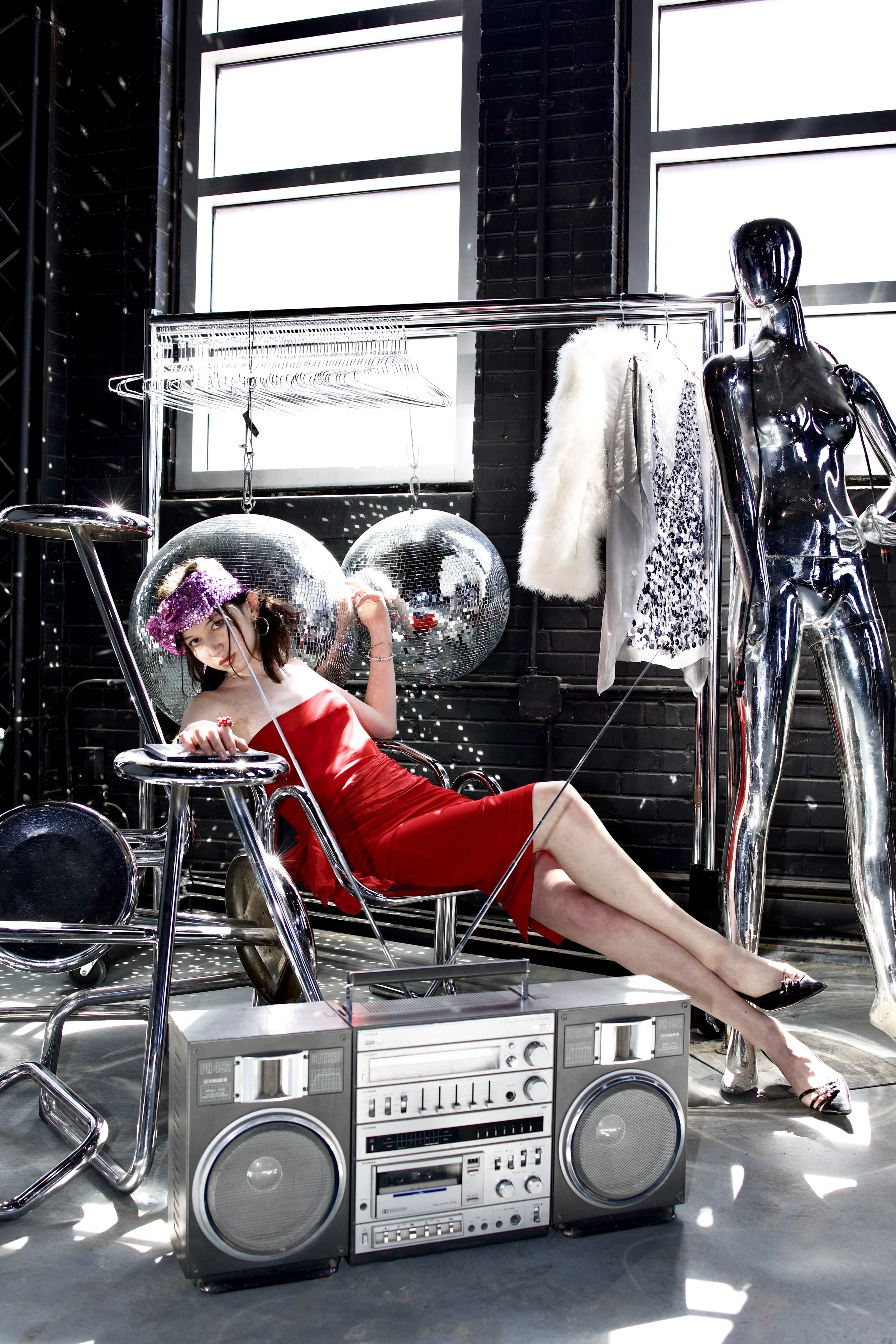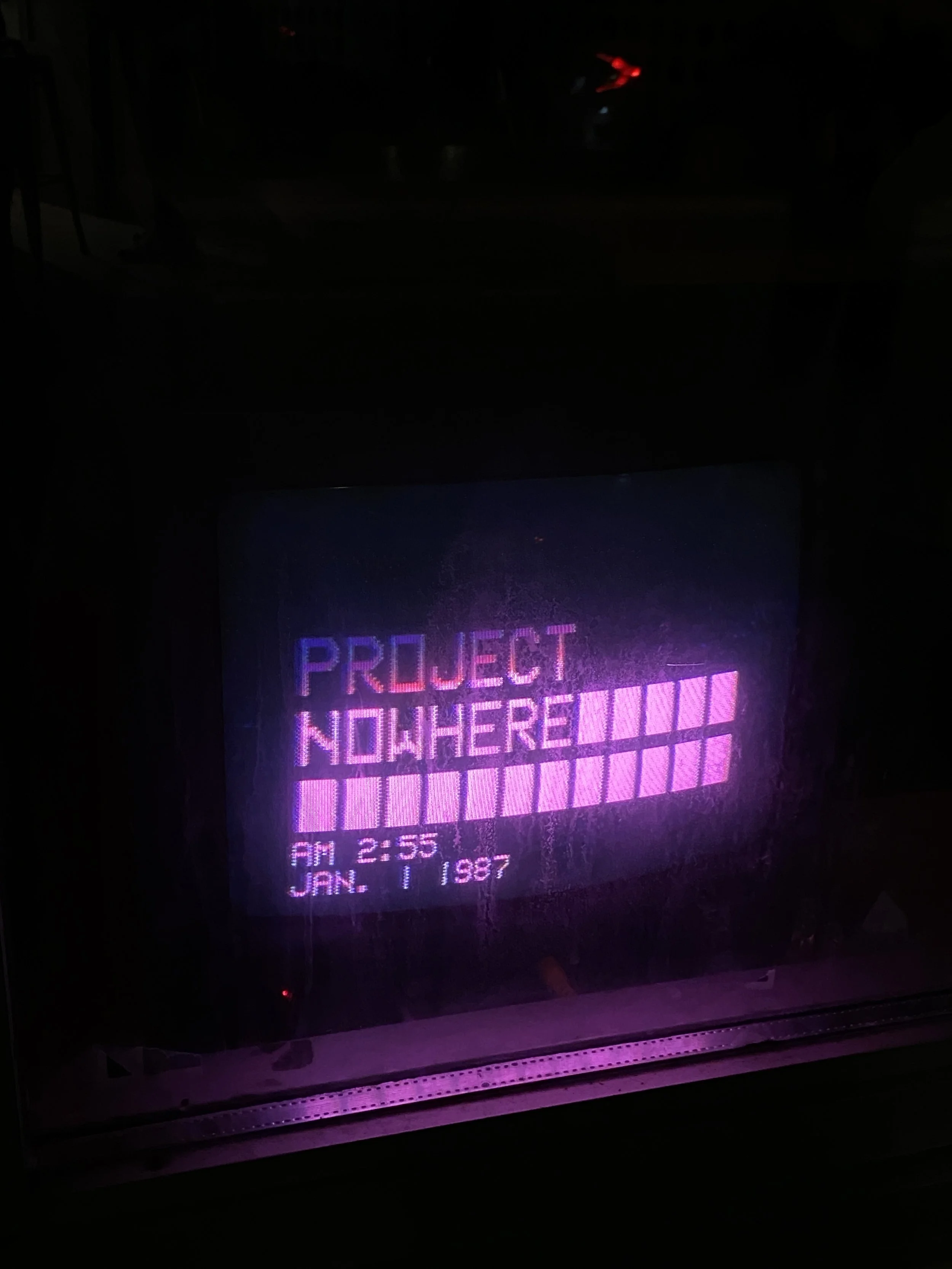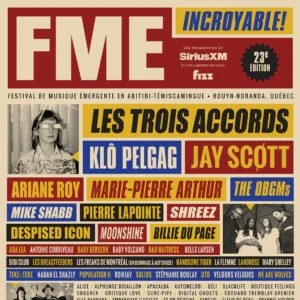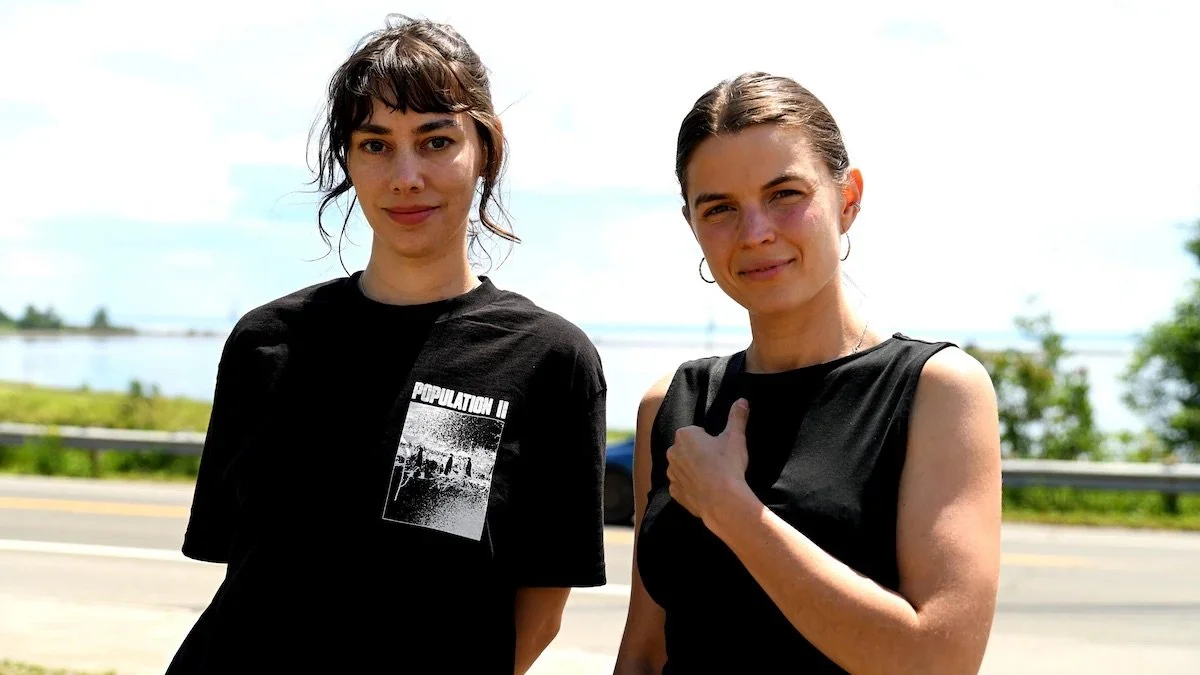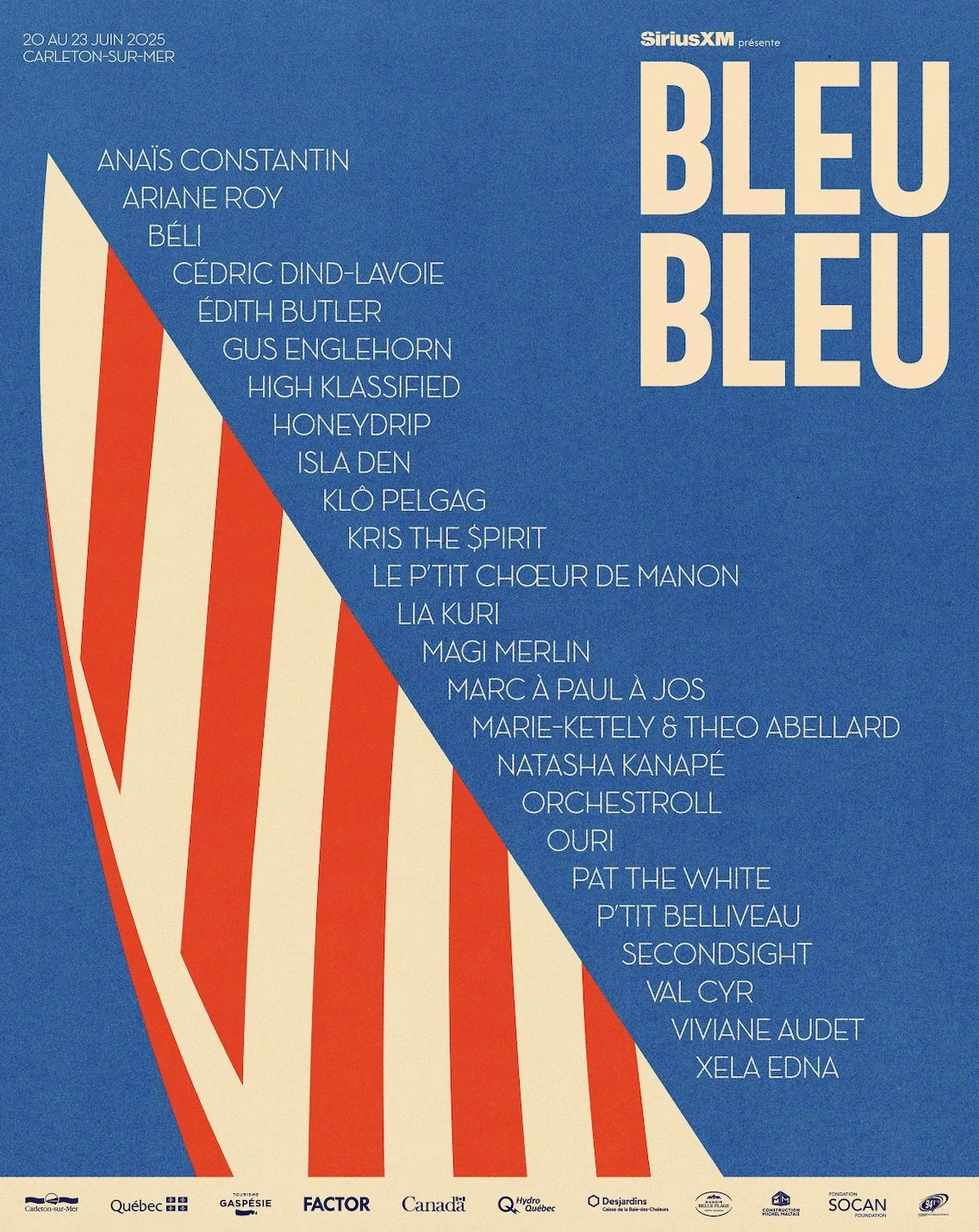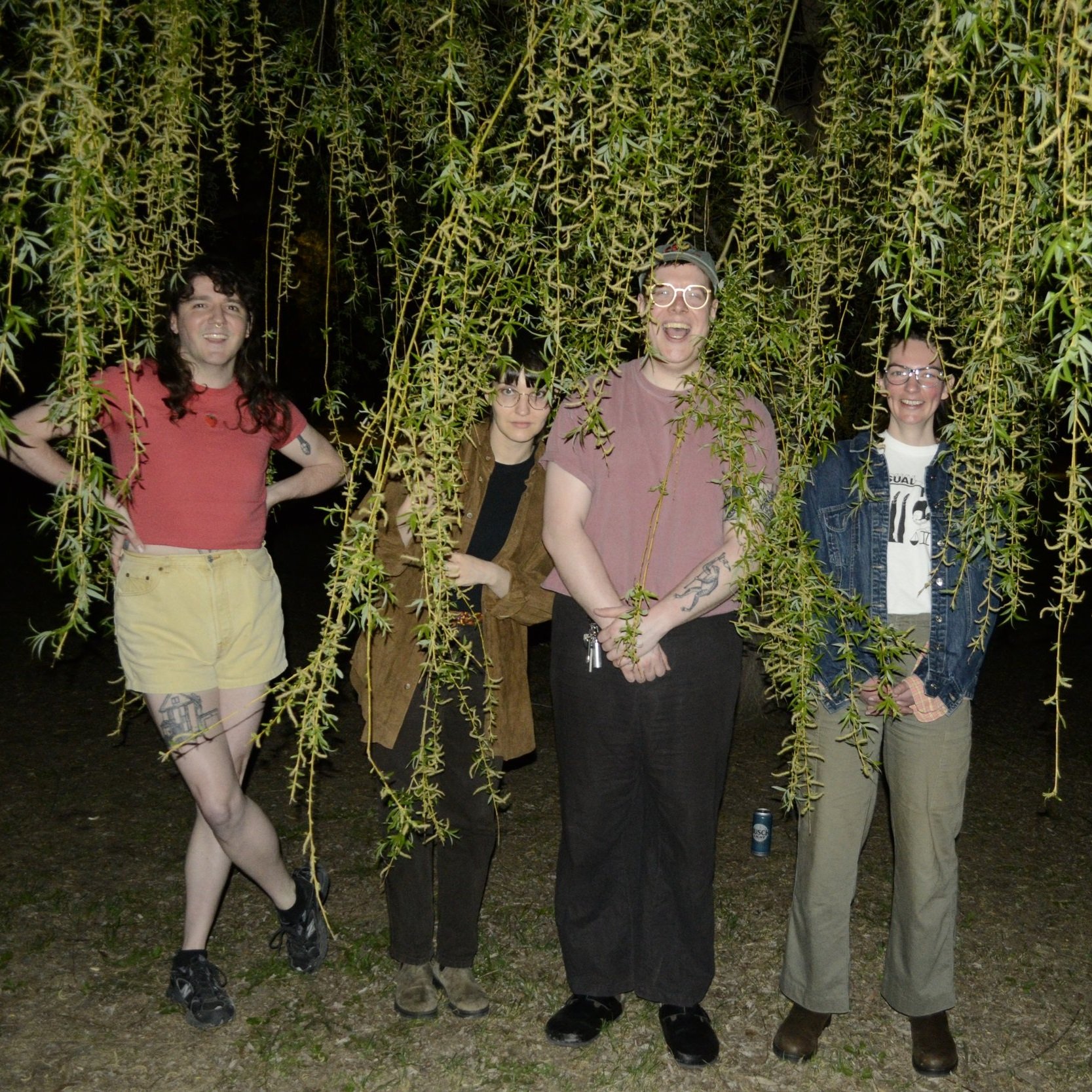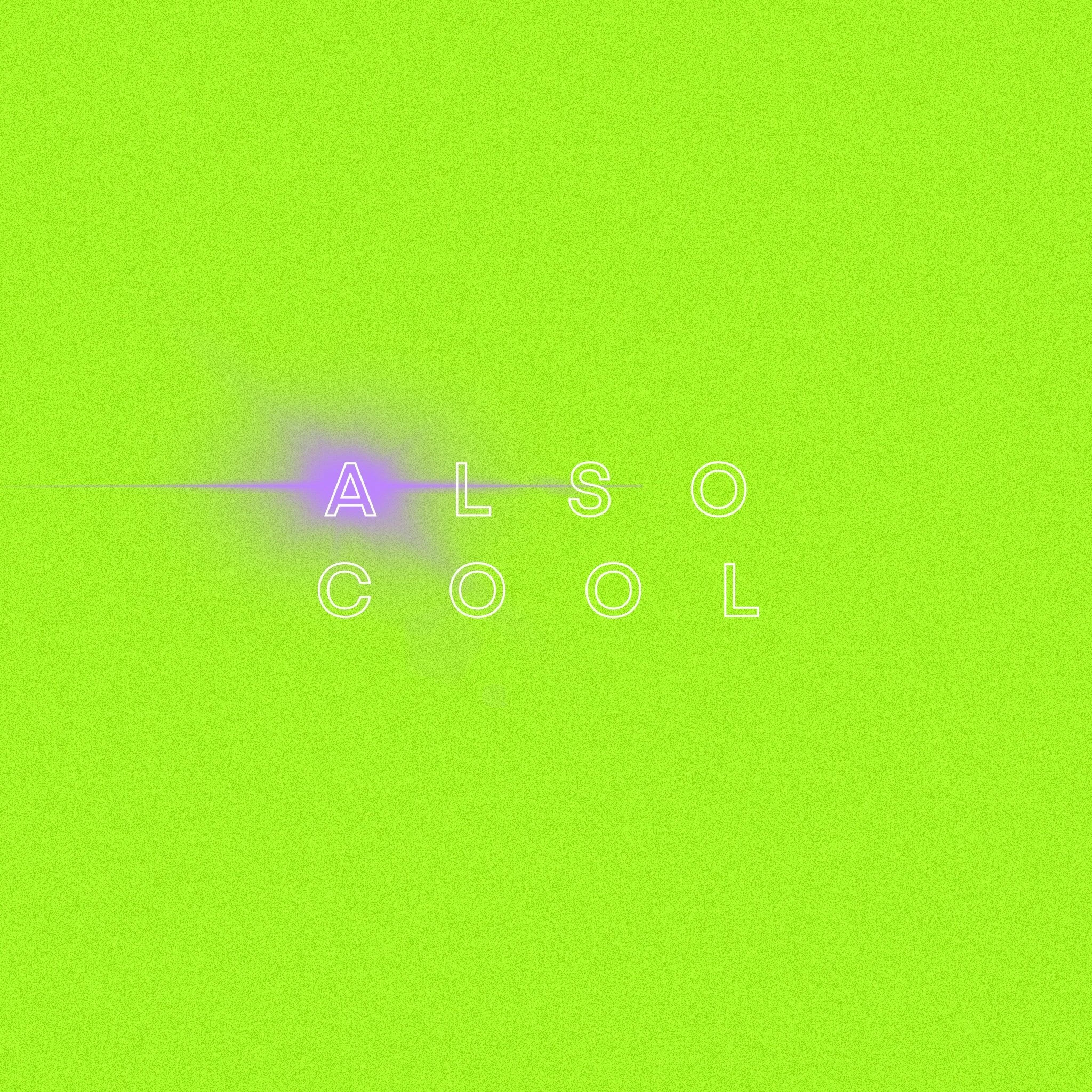Mue Releases Abstract IDM Track "Andand" (Halocline Trance)

Single artwork for “Andand”. Artwork courtesy of Mue
While I can’t speak to other’s experiences of the genre, this reviewer has gravitated towards instrumental and ambient electronic music for its ability to produce spaces and energies few other genres can accomplish. The ability to blend composition with refined style and improvisation leads to pretty unique and inexplicable headspaces while listening, it seems to make me feel all the more aware of our world continuing and ever changing around myself, that I’m dwarfed by it all.
So, it’s always intriguing to know of talented Canadian producers continuing this tradition, inventing their own spaces and compositions made impossible to replicate. Montreal's IDM duo Mue have released their next single "Andand" in anticipation of their full-length LP Les vasières.
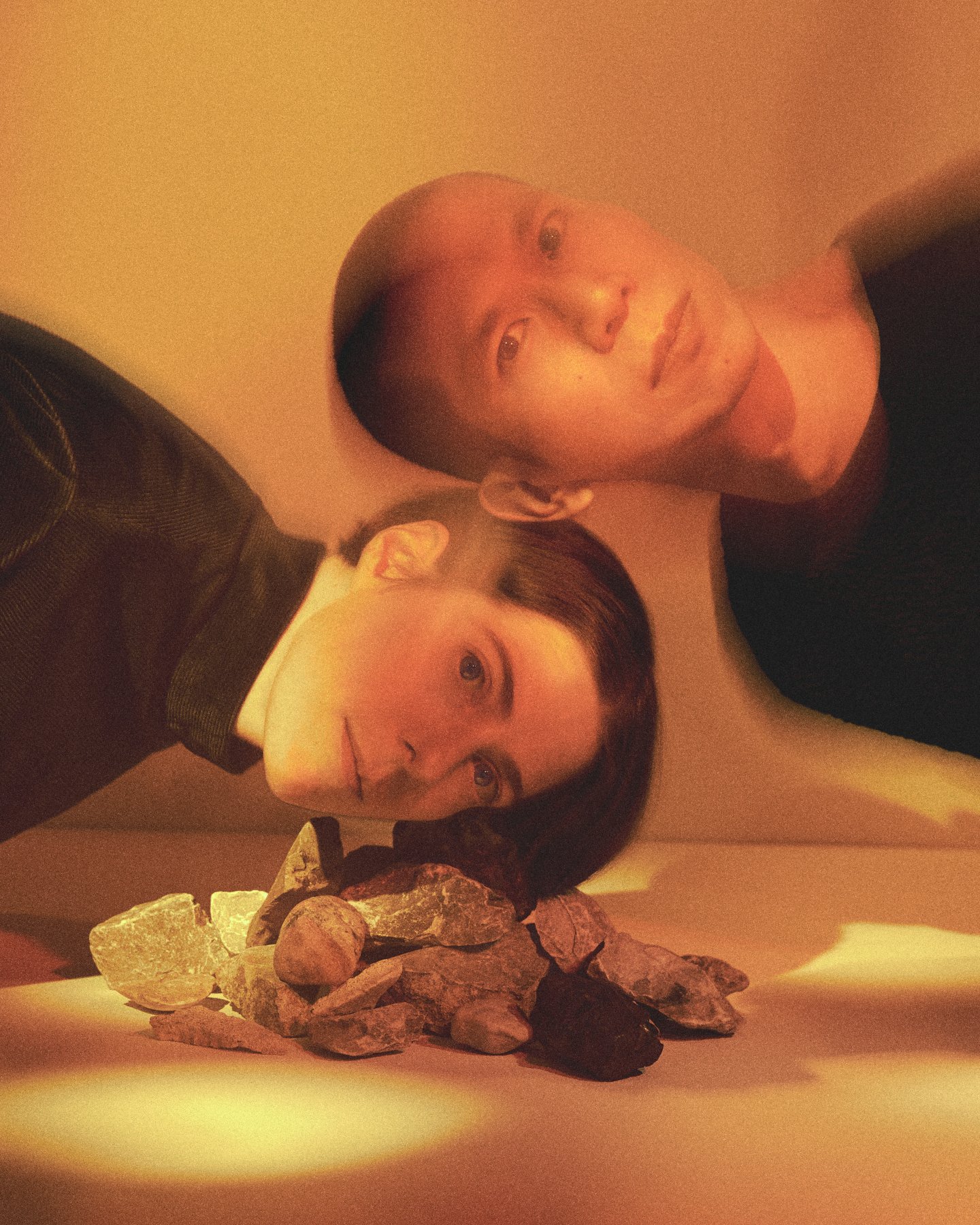
Catherine Debard and Léon Lo of Mue. Photo courtesy of Vincent Castonguay
Comprised of Léon Lo and Catherine Debard (YlangYlang), Mue’s production blends elements of minimalism, ambient electronica, and, in their own words, the “natural phenomena” of their real-time hardware improvisations to intertwine patterns, textures, and produce a sense of space and scale.
“Andand” continues a precedent from Mue’s previous singles, evoking that cerebral in-between feeling before you’re swept off to sleep. Warped piano chimes and fractured vocal samples cut through echoed clicks and bass kicks like heartbeat arrhythmia. It evokes the feeling of remaining fixed in place within a cycling void. Imagine hearing howls of a grand piano from the innards of a derelict underground tunnel system.
Lo describes “Andand” as a composition with, “no binaries [and] no simple opposition”. “Either/or is subsumed by infinite relations and dizzying possibilities, by the perpetual crest of and/and.”
“Andand” is accessible for streaming on Bandcamp and Soundcloud as well as all other major streaming platforms. Mue’s full-length LP Les vasières is planned to release by next spring via Toronto label Halocline Trance on digital platforms and vinyl press.
Stream “Andand” below!
Mue
Instagram | Soundcloud | Bandcamp
Tune in to Debard and Lo’s monthly radio show on N10.AS, Heavy Metal Parking Lot – streaming every 4th Saturday of the month at 5pm EST!
Gabriel Lunn is a writer, multimedia journalist, and pop music enthusiast based out of Victoria BC. When he isn’t trying to decipher the human condition he can usually be found going for long runs or collecting vinyl records he really doesn’t need.






